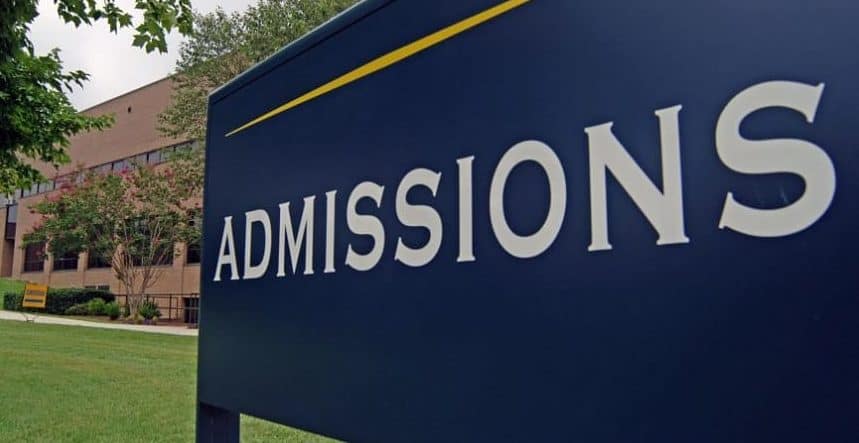Fall Intake or Spring Intake?

Fall v/s Spring Intake :
Which one should I Apply
Fall intake starts in late August and ends in late December or early January whereas the spring intake begins in January and ends in early May. Though there may not be significant differences between fall or spring intake in terms of education and research facilities, universities have for a long time adopted the practice of accepting students either in fall or spring intake, while a few schools have both intakes.

If your applications are not ready by September, which includes getting a GMAT/GRE score, Essays/Statement of Purpose and LOR then there is no need to hurry your applications and your GRE/GMAT prep.
If you need a couple of months of break to put all your application in place, then, by all means, go for it. Take your own time, and apply for the spring intake.
A great GRE /GMAT score coupled with a strong application is the gateway to your dream university.
Sometimes, waiting a while and preparing to perfect your GMAT/GRE and application is worth it, especially if it lands you into your dream college.
In this case rather than losing out on a year and waiting for the next session, the spring intake can prove to be a viable option.
In a lot of ways, Spring admissions has the same process as the Fall admissions.
The few pointers which could highlight these are as follows-
1.Application procedure– You have to fill out an application online and submit the other application materials, such as letters of recommendation, GMAT/GRE, TOEFL/IELTS scores, college transcripts and admission essays /Statement of Purpose just like people do in Fall intake. Hence there are limited differences is this regard, when it comes to these two sessions.
2.Internships opportunities-In many cases, universities are flexible enough to allow you to complete your entire degree in 3 semesters, which means you can get a job or internship much earlier. Plus, you also get to save some money since you won’t be paying any tuition fee for the additional semester.


In conclusion, we believe there are various pros and cons of applying to B-schools for fall or spring intake but depending on how you plan it can easily be traversed.
The B-Schools which accepts application for spring intake are as follows-
| Sr. No. | School Name | Country | Programme Name |
| 1 | "IE Business School | Spain | Master in Management |
| 2 | "National Singapore of University:NUS | Singapore | MSc in Management |
| 3 | "Singapore Management University | Singapore | MSc in Mangement |
| 4 | "Ivey Business School | Canada | MSc in Management |
| 5 | "IESEG School of Management | France | Master of Science in International Business |
| 6 | "Greenoble Graduate School of Business | France | Master in International Business |
| 7 | "HHL Leipzig Graduate School of Management | Germany | MSc in Management |
| 8 | "Maastricht University | Netherlands | Master in International Business |
| 9 | "Australian National University | Australia | Master of Management |
| 10 | "Melbourne Business School | Australia | Master in management |
| 11 | "University of Sydney | Australia | Master in Management |
| 12 | "Monash University | Australia | Master of management |
| 13 | "Macquire Graduate School of Management | Australia | Master of Management |
| 14 | "Swinburne University of Technology | Australia | Master of Business Management |
| 15 | "Sydney Business School, | Australia | Master of Business |
| 16 | "La Trobe University | Australia | Master of Management |
| 17 | "University of the Sunshine Coast | Australia | Master of Management |
| 18 | "Aquinas College | USA | Master of Management |
| 19 | "Barry University | USA | Master of Management |
| 20 | "Bellevue University | USA | Master of Management |
| 21 | "University of South Carolina, Moore | USA | Masters In International Business |
| 22 | University of Maryland University College | "USA | Master of International Management |
| 23 | "Warringtion School of Business | USA | Master of Science in Management |
Confused about which school would be a better fit for your career?
Take our Free Profile Evaluation to get an understanding of where you stand and which schools can be a good fit for you. Also, fall or spring intake which intake could be best for you.
Also, you may want to check out our Essay Editing to know how we can help you get admitted into your dream college.